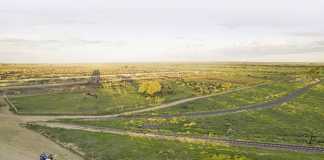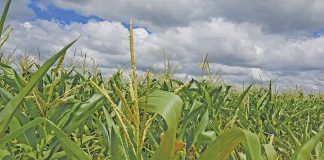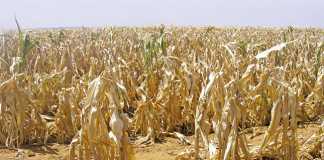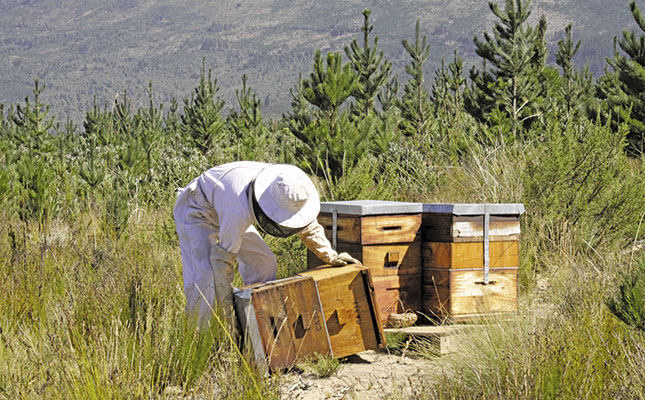
Honeybees make a multi-billion rand contribution to agriculture in South Africa through the critical role they perform in pollinating vegetables and fruit orchards. Notwithstanding this, the industry faces serious challenges today. Dr Kraai van Niekerk (76), a former minister of agriculture, has first-hand experience; he has had to face several of these difficulties himself since starting Kraai Byeboerdery, a commercial bee farming enterprise, in the late 1990s.
READ:Beekeepers success with only 100 hives
Today, his son Louis (44) runs the business, which is based on Lourensford wine and fruit estate in Somerset West, but Dr Kraai still assists him. The problems include veld fires, such as those that recently devastated parts of the Western Cape; deforestation and government’s policy to remove as many blue gum trees as possible; poorly managed chemical spraying; and vandalism.
Moreover, if not first subjected to radiation, imported honey can lead to the spread of diseases to local bee hives. This has already been the case with American Foul Brood (AFB) disease, which arrived in South Africa in 2009, according to Dr Kraai.
Despite these problems, the Van Niekerks believe it is possible to turn the situation around, and are positive about the future of commercial honeybee farming in South Africa. They stress, however, that it will require an integrated approach by agricultural and nature conservation authorities, plantation owners, farmers and government officials responsible for overseeing honey imports and bee farming.
Management
Dr Kraai stresses that a hive must have access to a healthy habitat that provides the bees with sufficient food resources. To provide this, Louis and Dr Kraai follow several management practices:
- They move their hives to several locations in the Western Cape according to an annual cycle.
- This allows the bees to feed on the flowers of blue gum trees, citrus trees, lucerne, fynbos and Prosopis trees;
- They move the hives to areas under irrigation during drought;
- They avoid an over-concentration of bees in one area;
- They leave enough honey behind for the bees to feed on after the honey is harvested.
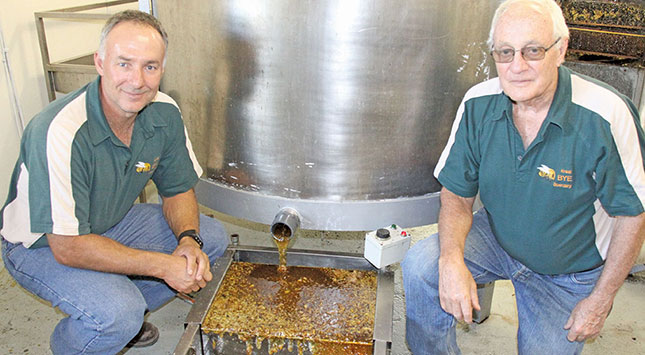
Bees and blue gums
Bee colonies average about 20 000 bees. The main reason bees produce honey is to have a food reserve in lean times. When food is scarce, their numbers decline. In areas such as the Western Cape, where there are limited numbers of natural veld flowers during summer, it is important to keep hives near blue gum trees. These trees, native to Australia, flower all year round and play a crucial role in keeping swarms strong.
Today, however, blue gum trees are being cut down as they are an invasive species. Beekeepers argue that it is unnecessary to remove them all; without blue gums, honeybee farming in the Western Cape will decrease significantly and this will have far-reaching consequences for honey production as well as pollination.
Bee hives
Dr Kraai and Louis place the hives on old wooden pallets – three per pallet – rather than directly on the ground. They are then tied together with steel strips to ensure that honey badgers or vandals cannot open them easily. This method has proved to be highly effective against honey badgers, but vandals once destroyed 200 hives of the Van Niekerks’ hives in a single season.
Louis, who established a wood factory in Stellenbosch in 2002, manufactures his own brood boxes, honey supers and interior frames. They are not painted, but dipped in a paraffin wax mixture, which provides a lifespan of 10 to 15 years.
Pollination service
Kraai Byeboerdery started offering a pollination service to Western Cape fruit farmers in 2003/2004. Depending on the fruit varieties, they place five to eight hives/ ha in plum and pear orchards and four to six hives/ ha in apple orchards. The business’s main input costs are the fuel and labour used to transport the bee hives to various locations.
According to Dr Kraai, bees should not be exposed to too much stress during transportation. It is especially important not to exhaust the queen, the only sexually mature female in a bee colony, by constantly moving hives from one location to another for crop pollination. Depending on how hard she works and the food supply available, the queen can produce up to 2 000 eggs per day. She normally has a lifespan of three to four years.
Thanks to good management, Kraai Byeboerdery has succeeded in limiting the losses in its bee colonies to between
5% and 10% per year, despite vandalism becoming an increasing problem. Because pollinating orchards is a taxing activity for honeybees, due to the large areas to be covered, Kraai Byeboerdery uses only 50% of its hives for pollination and pollinations are limited to an average of 1,5 times per hive per year.
According to Dr Kraai, it is crucial that a bee colony remains in good condition to provide another honey harvest when enough nectar becomes available. This involves maintaining high bee numbers in each hive as well as ensuring that individual honeybees are strong and healthy so that they can produce more honey and provide thorough pollination.
Louis inspects the brood chambers four times a year to check for diseases such as AFB. This disease has decimated bee colonies worldwide. Once a hive is infected, it must be destroyed to prevent contamination of other hives. The disease has also spread to wild bee colonies and if not contained, it could destroy the industry. As a precaution, Louis replaces the frames and foundations of the chambers regularly to ensure that bacteria spore counts are reduced.
A final threat comes from pesticide spraying: the Van Niekerks have lost a significant number of hives in the last few years due to spraying.
Golden harvest
To obtain honey of the best possible quality, Kraai Byeboerdery uses a queen excluder between the brood chamber at the bottom of a hive and the honey super at the top. This prevents the queen from laying eggs in the honey super. According to Dr Kraai, the large concentration of bees in a hive ensures that the temperature inside a hive remains at 34°C. Kraai Byeboerdery uses a smoker to blow smoke into the hives when the honey is harvested. When bees sense smoke, they become less aggressive and move away until the smoke has subsided.
Processing plant
Dr Kraai and Louis also have a small processing plant on Lourensford equipped with two centrifugal extractors and other equipment to separate the harvested honey from the wax. Once the nine frames are removed from a honey super, the wax seal on every frame is removed manually with a sharp knife and uncapping fork. After extraction, the honey flows into a stainless steel trough with different height barriers that act as a sequence separator.
The final product
It is then pumped into a tank where it is filtered by three consecutive sieves of increasing density. The finest sieve removes even the smallest solids, such as any remaining stingers. Thereafter, the honey flows into settling tanks before being poured into 30kg buckets. Kraai Byeboerdery supplies honey to a number of wholesalers, but also markets it in 375g, 500g and 1kg plastic bottles to high-end retailers.
Email [email protected] or [email protected] for more information.
This article was originally published in the 24 April 2015 issue of Farmer’s Weekly.










